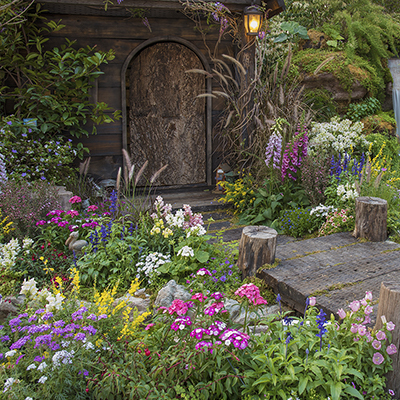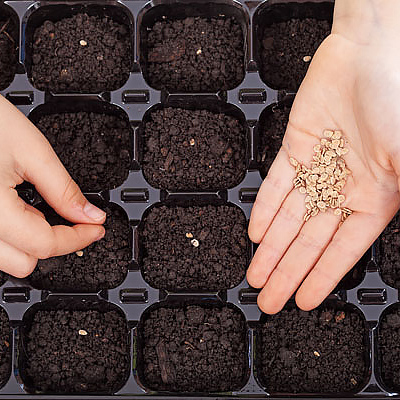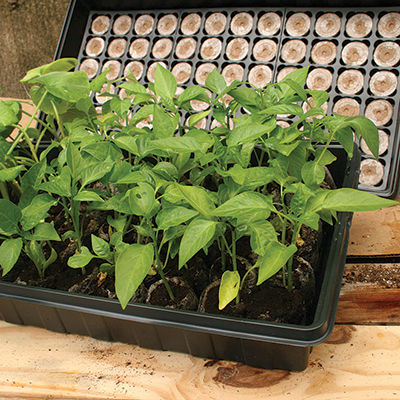5 Gardening Myths Busted
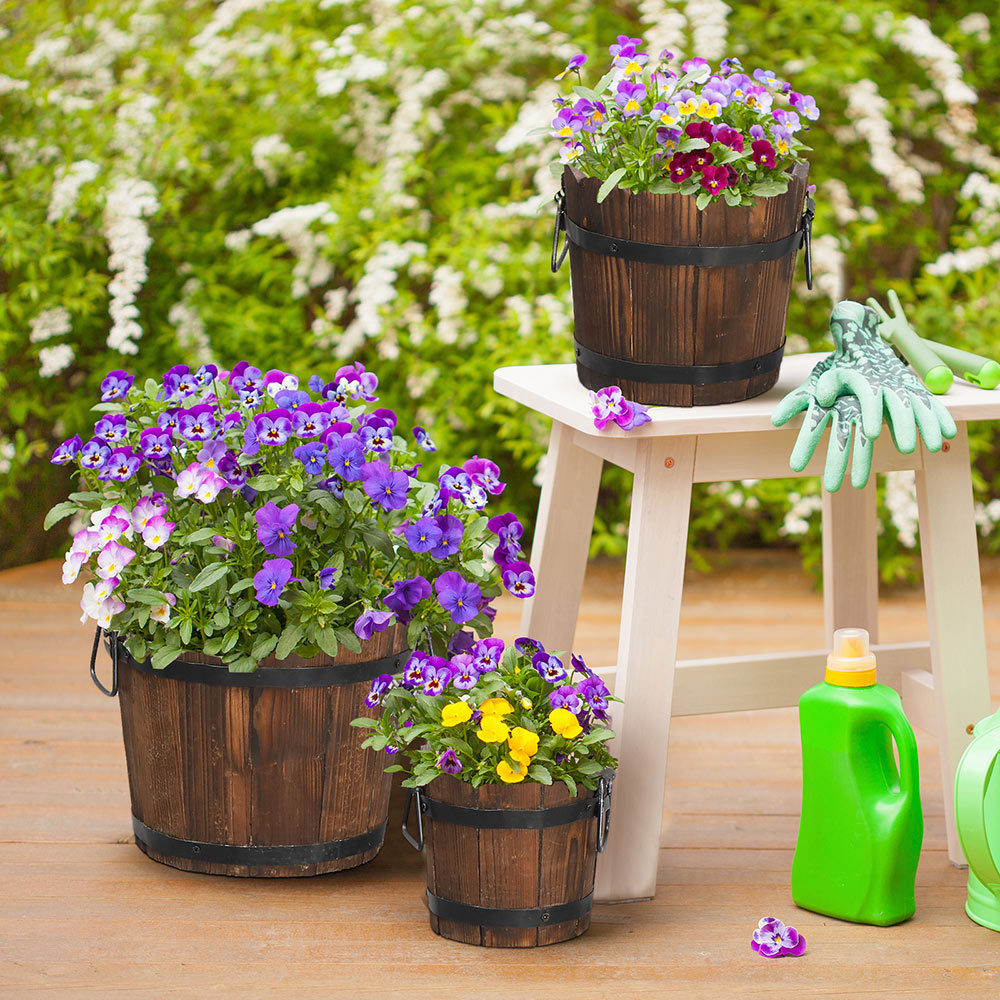
Last updated September 7, 2023
This will rock your gardening world. The next time you pot up nursery transplants, skip the “drainage” step. This is the part where you place a pot shard, a bit of gravel or a rock in the pot first, for “drainage.” That’s the way my mom taught me to plant flowers, and apparently, I’m not alone, because this advice can be found on Pinterest and other social media. The problem is, it’s not necessary for healthy plants.
Adding drainage material to flowerpots is an example of a gardening myth, colloquial advice that was once shared by neighbors over the garden fence and is now spread throughout social media. We’ve all been tempted by the clickbait on Pinterest and Facebook, but it can be hard to tell gardening myths from truth.
Table of Contents
Gardening Fact or Fiction
Garden Myth #1: Oak Leaves and Pine Needles Will Make Soil Acidic
Garden Myth #2: When Planting Shrubs or Trees, Add a Three-Part Mix of Manure, Peat Moss and Native Soil to the Planting Hole First
Garden Myth #3: Adding Eggshells to the Soil When Planting Tomatoes Will Prevent Blossom End Rot, the Ugly Black Scab on the Bottom of Some Fruit
Garden Myth #4: Feed Banana Peels, Eggshells and Coffee Grounds Directly to Roses as Fertilizer
Garden Myth #5: Gardens Need 15 Minutes of Water Each Day to Flourish
Gardening Fact or Fiction
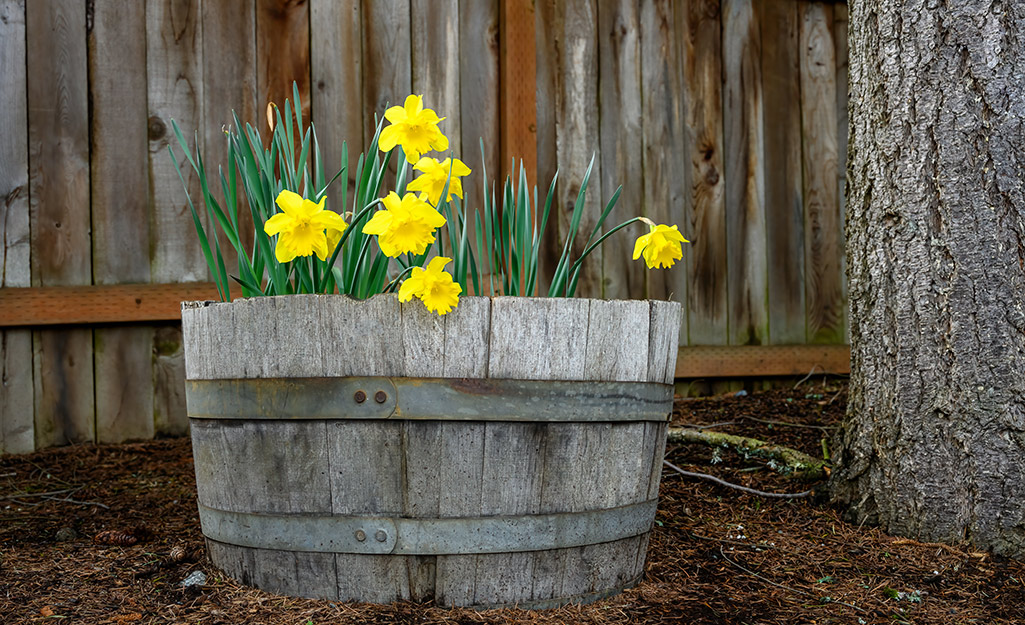
Separating gardening myths from truth is one mission of garden communicator C.L. Fornari, author of Coffee for Roses… and 70 Other Misleading Myths About Backyard Gardening (St. Lynn’s Press). “The problem with these myths is that they set people up for failure. We’re all busy and we don’t have time to do things that don’t work,” Fornari says. “My best advice is to get evidence that a method works before you pass it on."
One such myth is the so-called “drainage” step when potting up nursery transplants. The drainage step is the part where you place gravel, rocks or other chunks of porous material in the bottom of the pot before adding soil to help with drainage. It's an example of a gardening myth: colloquial advice passed down by neighbors over the garden fence, and is now common throughout social media.
If you look at nursery pots in the Garden Center, Fiori says, you will not find one with any gravel at the bottom for drainage. That’s because it can cause damage as roots become tangled up with rocks and broken pot pieces instead of nestling against soil that will help them get the nutrients they need.
All that’s needed when planting containers is good quality potting soil and a container with drainage holes. Just nestle the plants in the soil, add water and let the drainage hole(s) do the work.
Read on to learn about five more garden myths.
Garden Myth #1: Oak Leaves and Pine Needles Will Make Soil Acidic

“Decomposition is a chemical process. All organic matter, as it decomposes, becomes pH neutral,” Fornari says. Soils are acidic because of minerals in the dirt, not because of the trees growing there. Trees like pine and oak grow in acidic soil because they like it, they don’t turn the soil acidic.
Use your pine needles and oak leaves for other reasons. Pine needles that fall are free, so go ahead and mulch your vegetables and flowers with pine needles. They help suppress weeds, help maintain soil moisture, add nutrients and stay loose and light, unlike wood mulch that can form a dense crust.
Like pine needles, oak leaves are also free and add bulk to garden beds. They can also help in the compost pile and add nutrients as they break down.
Garden Myth #2: When Planting Shrubs or Trees, Add a Three-Part Mix of Manure, Peat Moss and Native Soil to the Planting Hole First
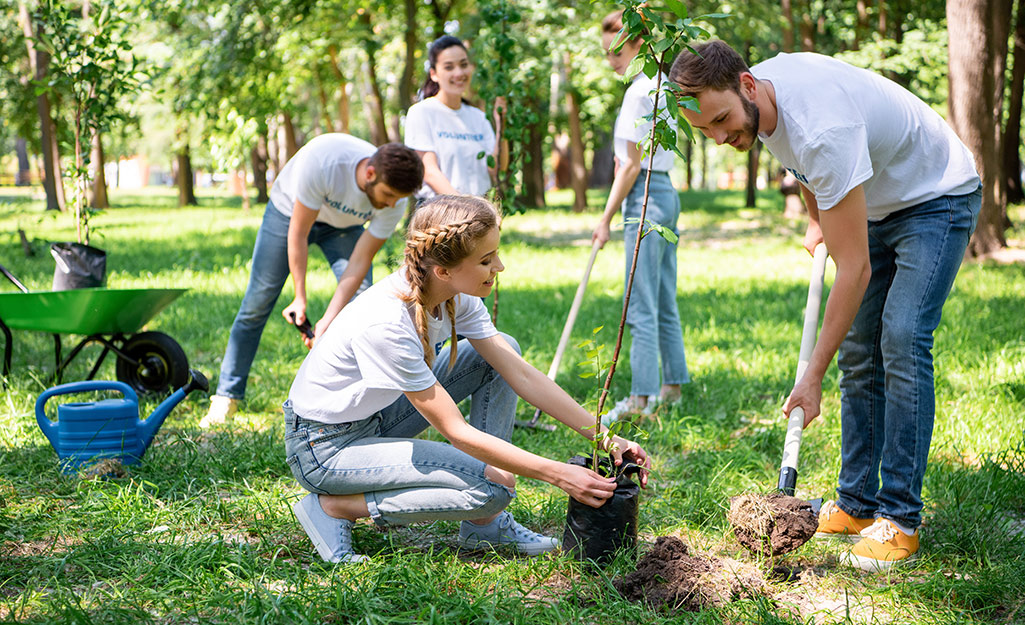
Over time, this “five dollar hole for a 50-cent tree” advice creates depressed plants, according to Fornari – literally! This method is no longer recommended because the peat moss and manure decompose and leave a sunken area. Additionally, all that organic matter surrounding the root ball keeps the shrub or tree’s roots from seeking new sources of food and establishing a strong root network.
When planting trees and shrubs, keep in mind the way nature works, and amend from the top down.
Garden Myth #3: Adding Eggshells to the Soil When Planting Tomatoes Will Prevent Blossom End Rot, the Ugly Black Scab on the Bottom of Some Fruit
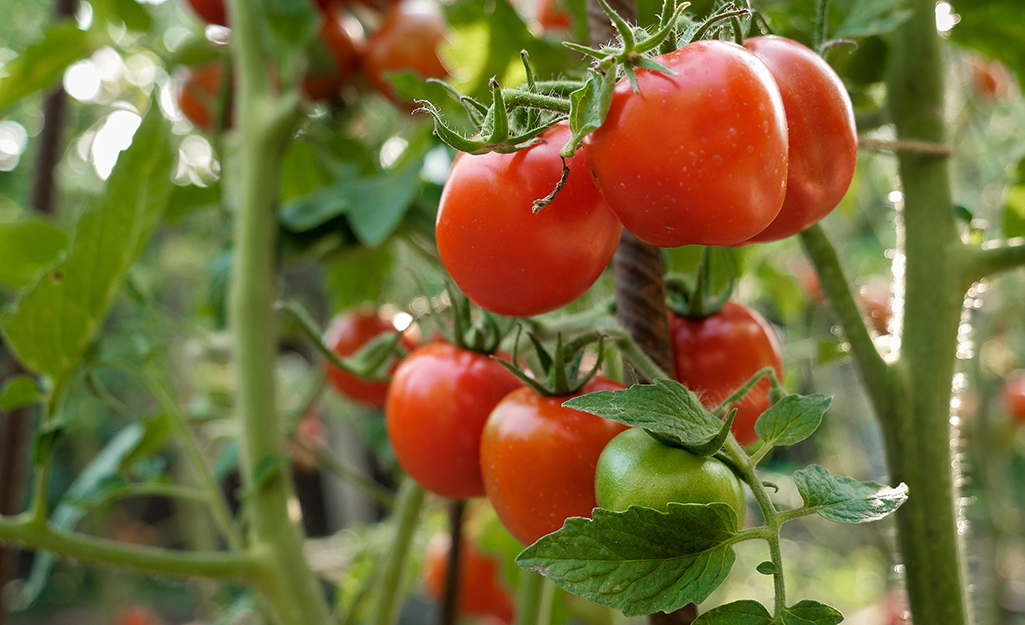
For years, lack of calcium was blamed for blossom end rot. Science now says that other stressors are to blame for blossom end rot. The typical culprits are uneven watering, extreme temperature swings and too much fertilizer.
Tip: To keep tomatoes evenly hydrated, lay a soaker hose by the plants and cover with a layer of mulch. Thorough, less frequent watering is better for tomatoes.
Another cracked eggshell myth: Although eggshells filled with seeds are charming on windowsills, and a fun Pinterest project for preschoolers, they aren’t ideal for healthy seedling growth. After seeds germinate and grow into seedlings, they will need to be transplanted due to lack of drainage in the eggshell. You also can’t plant the seedling in a larger garden while still in its upturned eggshell, as the eggshell interferes with root growth and takes way too long to decompose. Use peat pots or seed trays to give your plants a better start.
Garden Myth #4: Feed Banana Peels, Eggshells and Coffee Grounds Directly to Roses as Fertilizer
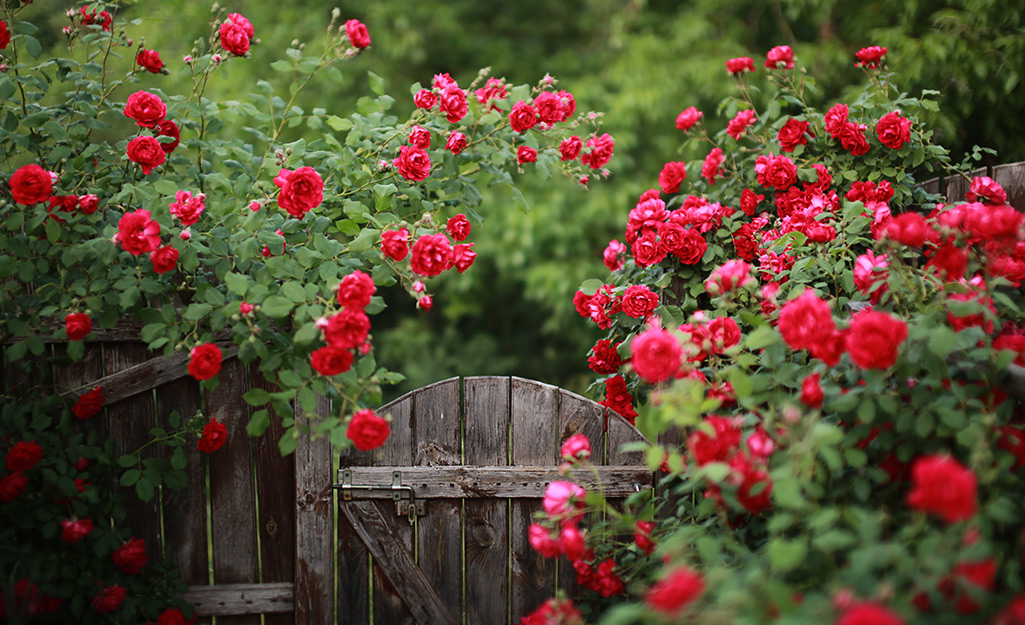
Sure, these breakfast ingredients are organic and will decompose, but you’re better off choosing a well-balanced organic fertilizer and soil amendments. Better yet, save vegetable scraps and start a compost pile that will nourish your plants for years to come.
Garden Myth #5: Gardens Need 15 Minutes of Water Each Day to Flourish
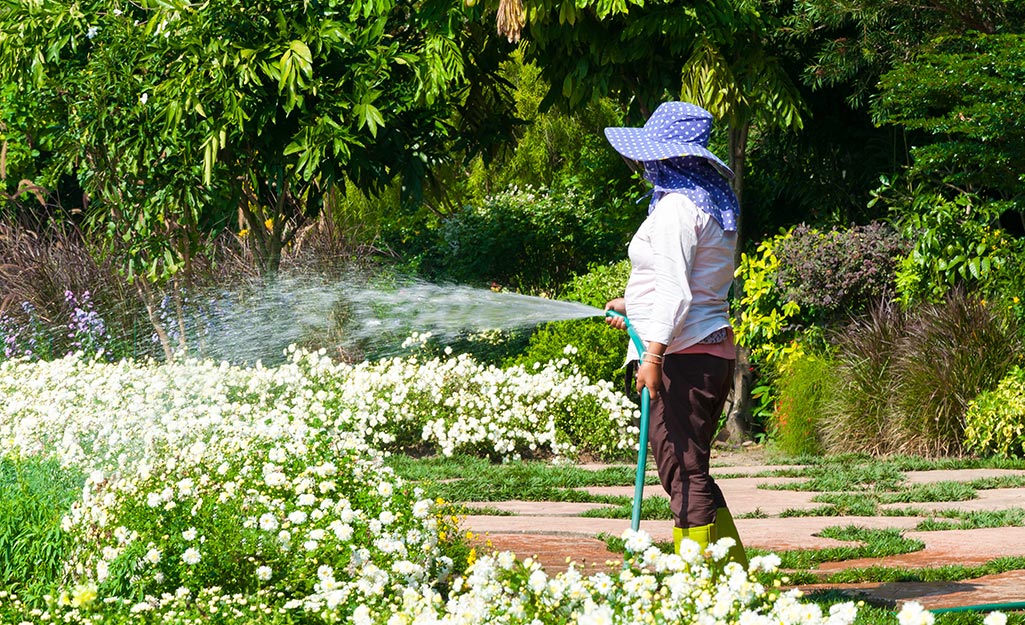
In truth, small, frequently delivered amounts of water are not beneficial because they do not promote root growth. Fornari calls this “the irritation of the irrigation.” Just consider the variables at play: differing irrigation systems and layers of mulch and soils create a need for an individualized watering plan. The rule of thumb is 1 inch of water per week, either by irrigation or rainfall, to sustain established plants. Learn more about watering your garden.
Gardening is a rewarding experience when you have the right information. Now that you have a few fact-based tips to use, you can better focus your energy and resources. Check out our garden center for soil, fertilizer, plants and supplies. The Home Depot delivers online orders when and where you need them.





